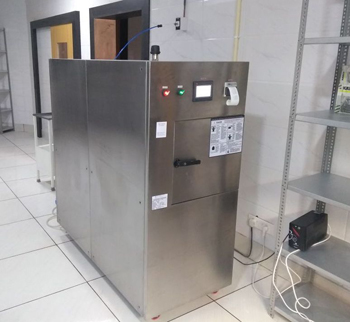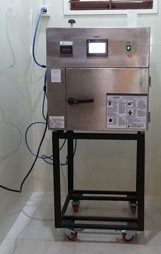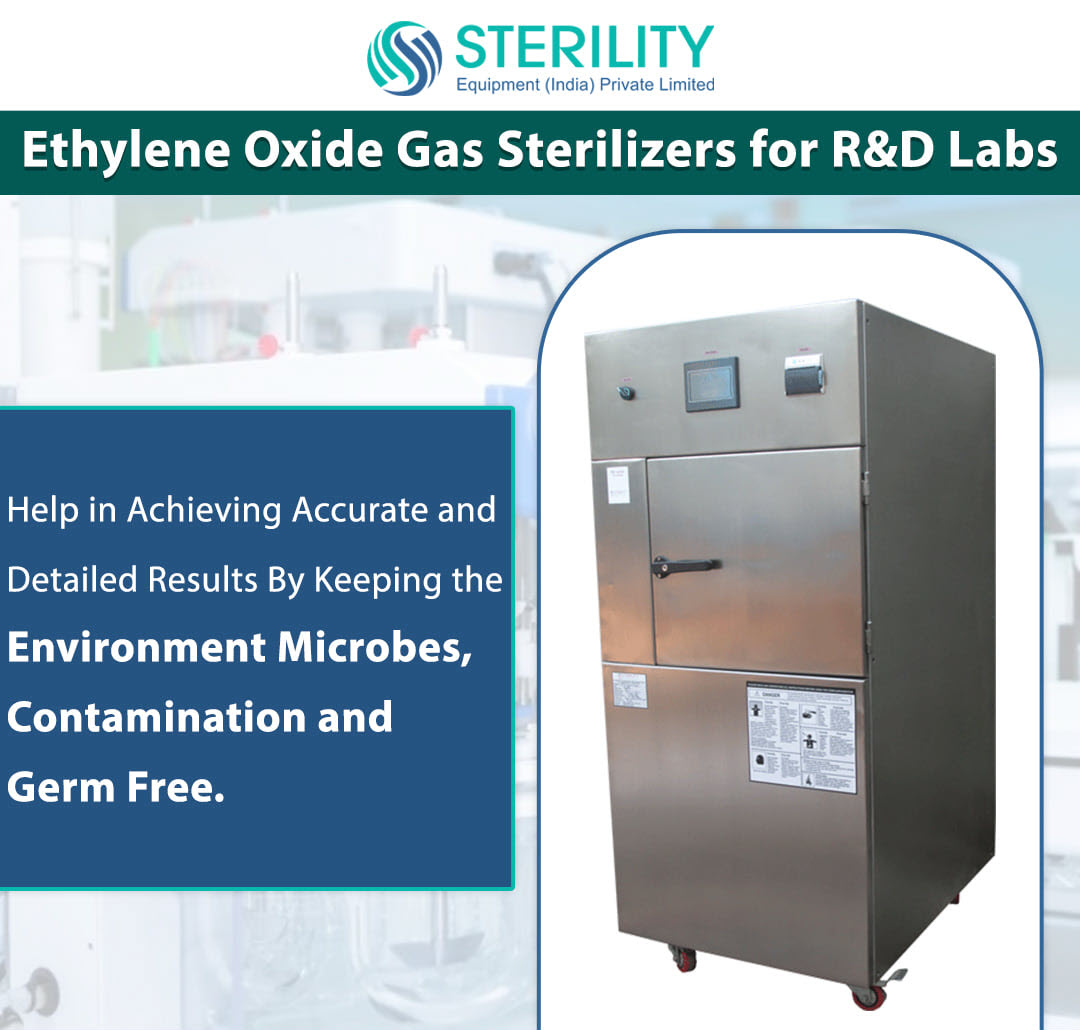This article examines the Africa Market for Hospital Sterilizer Machine, including key trends and drivers, as well as company profiles of leading manufacturers. It also highlights the competitive landscape and identifies key vendors operating in the region. Moreover, it provides information on the future opportunities for hospital sterilization equipment in the continent.
Major Players in the Middle East and Africa Market for Sterilization Machines
There are several major players in the market for hospital sterilization machines. The Middle East and Africa market for hospital sterilization equipment are segmented by product, technology, end-user, and distribution channel. Analysis of the growth of each segment helps identify niche pockets and formulate strategies for entering and expanding in the market. To determine which products are most in-demand, you should consider the application areas of your products. For example, if you sell sterilization machines for surgical instruments, you can focus on these specific applications and target those countries.
The market for hospital sterilization equipment is driven by increasing cases of healthcare-associated infections (HAIs). This includes pneumonia and central line-associated bloodstream infections. Other factors driving this market include a rise in healthcare spending in the region, the COVID-19 pandemic, and the evolution of partially outsourced sterilization services. The region has a high demand for sterilization equipment and services, which will continue to grow over the next few years.

Growth Prospects of Hospital Sterilization Equipment
Globally, hospital-acquired infections (HAIs) are a major cause of mortality and morbidity. These infections can result from catheter-associated urinary tract infections, central line-associated bloodstream infections, or ventilator-associated pneumonia. The most common bacteria linked to these infections include methicillin-resistant Staphylococcus aureus, C. difficile, Klebsiella, Enterococcus, and Pseudomonas species. The rising prevalence of HAIs is the primary growth driver of the hospital sterilization equipment market.
Impact of Regulatory Changes on Hospital Sterilization Equipment
South Africa has recently introduced new regulations regarding the manufacture, distribution, and importation of medium-risk medical devices. The new regulations will require manufacturers and importers of these devices to provide basic information to local distributors and importers, issued by reference countries for Class C and D devices. The changes are expected to affect the market for hospital sterilizers.
The market for hospital sterilization equipment in Africa is segmented by country and region. Regionally, the market is segmented by end-users, including hospitals, intensive care units, and ambulatory surgical and diagnostic centres. The ambulatory surgical and diagnostic centers segment is expected to witness the highest CAGR over the forecast period. An increased number of people undergoing surgical procedures in hospitals is expected to drive the growth of this segment.
Impact of Rising Incidence of Infectious Diseases on Hospital Sterilization Equipment
In the past few years, healthcare has undergone major transformations, such as increasing healthcare-associated infections. Rising concerns over the safety of hospital equipment and stringent regulations regarding PPE have also fueled the market growth. In addition, increasing cases of COVID-19 pandemic are generating a spike in the demand for disinfection and sterilization devices. Despite these challenges, key players are fortifying their research and development activities to capture a share of this growing market.
The Bottom Line
In Africa, the market for hospital sterilizer machines will grow at a rapid pace in the next few years, driven by growing concerns over the safety of patients. The growing importance of safety in healthcare has boosted the market growth in this region. Increasing investments in medical apparel are also contributing to the development of the market. The region is projected to witness the fastest growth in the coming years. Further, the increasing incidence of COVID-19 will continue to drive demand for hospital sterilizer machines.











